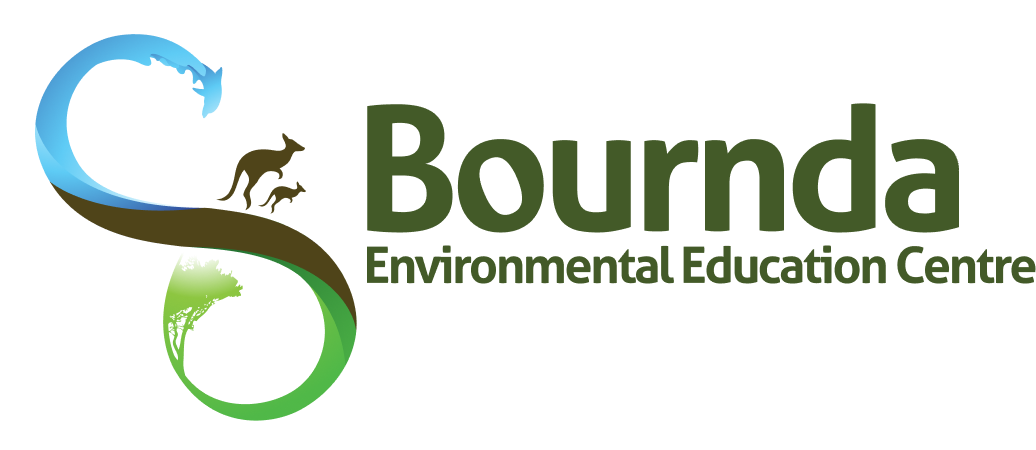Environmental Art – Stage 3

Program Overview
Environmental Art programs at Bournda have been specifically designed to assist students in learning about their natural environment. The following art activities have been developed for Stage 3 students.
An environmental art program is designed to develop skills in the following areas:
- Collection and observation of material for investigation
- Classification of objects
- Recording, drawing or making models of objects
- An interest and understanding of the natural environment
Each of the art activities are designed to heighten observational skills and expand visual expression by using a variety of techniques and materials.
Environmental Art can be run as a whole day program, or one or more activities can be run in conjunction with any other Bournda programs.
Learning Experiences
Activity 1 – Forest
A drawing exploring the complexities of the forest using colour, overlapping shapes and changing tonal values to create a feeling of depth and distance.
Activity 2 – Camouflage Frog
An exercise using colour, tone and shape to show frogs camouflaged in their habitat.
Activity 3 – Landscape
A collage landscape created from torn and cut coloured magazine paper, emphasising the use of colour, tone and overlapping shapes to create form and space.
Preparing for an Excursion
Syllabus Outcomes
Creative Arts K-6
Stage 3
VAS3.1
Investigates subject matter in an attempt to represent likenesses of things in the world.
VAS3.2
Makes artworks for different audiences assembling materials in a variety of ways.
Visual Arts – Content
Stage 3 –
students learn to:
- interpret subject matter which is of local interest in particular ways in their making of artworks
- organise and assemble materials in various ways in the making of artworks suited to particular purposes and think about the meaning of their decisions
Supporting Bournda programs
Living World (Science)
